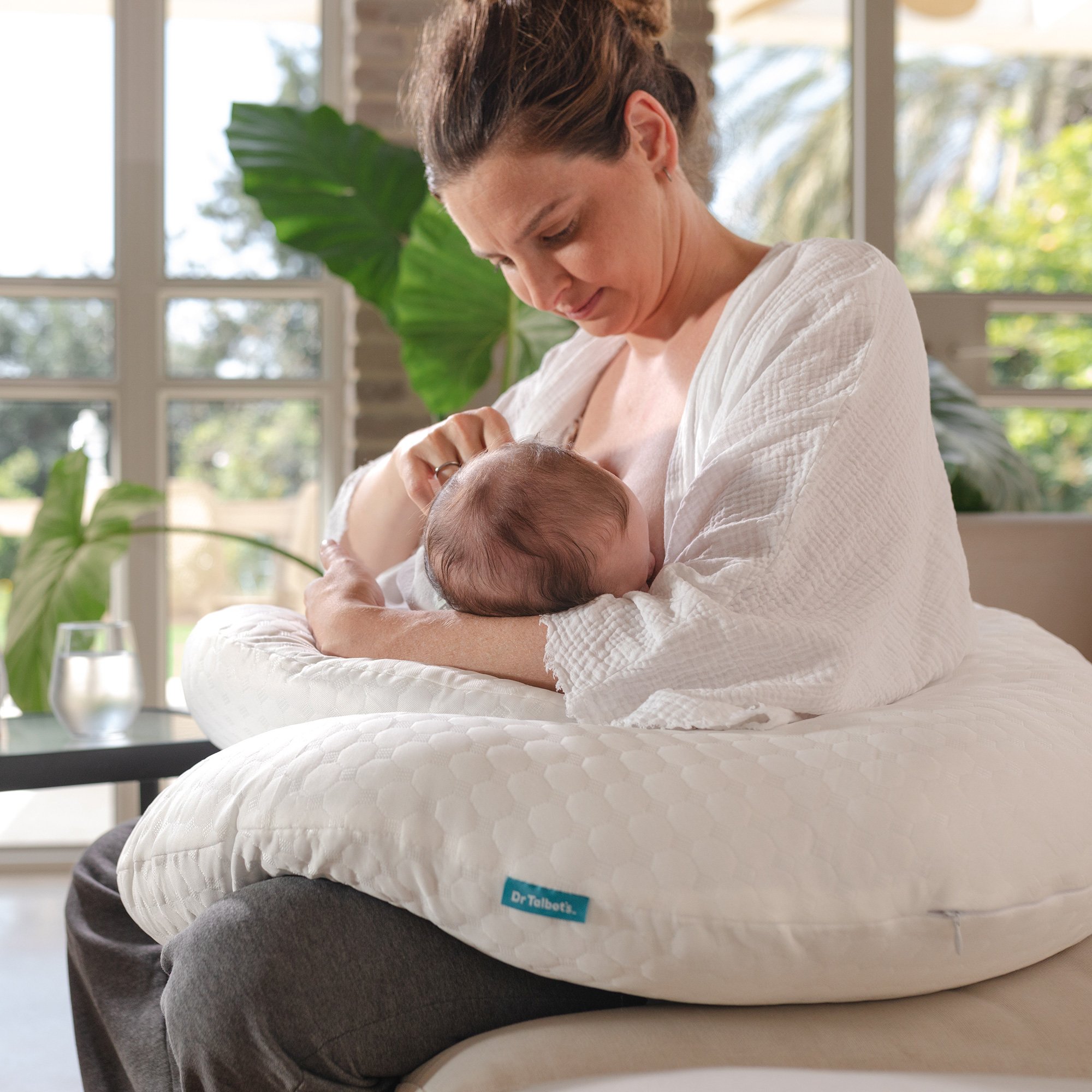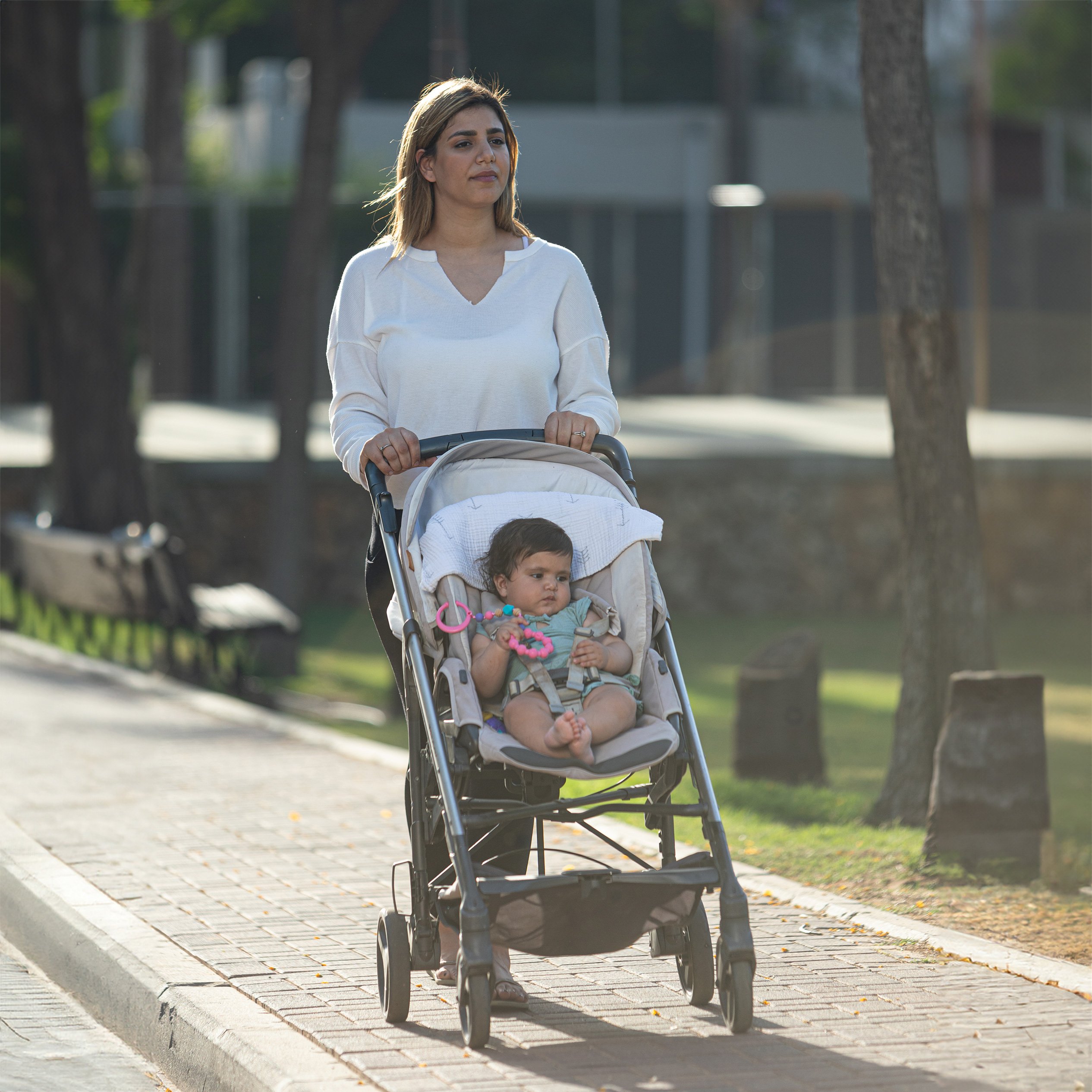Tips to Manage Back Pain After Pregnancy
Back pain after pregnancy is a very common issue for new mothers. If you're one of the many women experiencing back pain post-pregnancy, you know how much it can affect your daily life. Whether you're dealing with a sore lower back or extreme lower back pain, managing this discomfort is necessary to ensure your overall well-being. In this blog, we’ll discuss practical and effective tips for managing back pain after giving birth, so you can feel more comfortable and enjoy your postpartum recovery.
Understanding Postpartum Back Pain
Before we talk about the tips for alleviating postpartum back pain, it’s important to understand the causes behind it. Several physiological and lifestyle factors contribute to back problems after pregnancy:
Hormonal Changes and Ligament Laxity
During pregnancy, your body produces hormones like relaxin, which help loosen ligaments in preparation for childbirth. This can result in back pain after giving birth as the ligaments may not return to their pre-pregnancy state immediately, causing instability and discomfort in the lower back and pelvis.
Altered Posture and Weak Abdominal Muscles
The growing uterus during pregnancy changes your center of gravity, causing you to lean back and adjust your posture. After delivery, many women experience a sore lower back due to the weakening of abdominal muscles, which no longer support the spine as effectively.
Strain from Labor and Delivery
Labor, especially prolonged labor or positions held during delivery, can place significant strain on your back. Women who’ve had a C-section may also experience discomfort from the incision area or from the different physical stress during recovery. Additionally, epidural anesthesia may affect the muscles and cause temporary back discomfort.
Lifestyle Factors After Delivery
Once you bring your baby home, you’re likely to be bending and lifting frequently as you care for your newborn. These movements, combined with improper posture while breastfeeding or carrying your baby, can lead to back pain. It's not unusual to experience postpartum back pain as a result of such physical demands.
According to a study on PubMed titled "Factors Associated with Back Pain After Childbirth", several factors contribute to postpartum back pain, including:
- Prolonged labor and the physical strain of delivery.
- Physical trauma during childbirth, especially for women with extreme lower back pain after pregnancy,
- The size of the baby and position during delivery (such as the use of forceps),
- Body weight and postpartum weight gain
- Previous history of back pain or back problems during pregnancy.
These findings highlight the diverse range of factors that can cause or contribute to back pain after giving birth and emphasize the need for comprehensive care in managing and preventing discomfort.
Tips for Managing Postpartum Back Pain
Managing back pain after childbirth is important for ensuring your comfort and well-being. Here are some effective strategies:
1. Maintain Proper Posture
Good posture can go a long way in reducing backache post-pregnancy. Whether you’re standing, sitting, or breastfeeding, be mindful of your posture:
- Stand with your shoulders back and spine aligned.
- Sit with a straight back and avoid slouching. If sitting for extended periods, use a chair with lumbar support, or place a small pillow behind your lower back.
- Make sure your feet are flat on the floor when sitting, or use a footstool to support your feet at an appropriate height.
2. Engage in Postnatal Exercises
Strengthening your core and back muscles can alleviate back pain after giving birth. Here are some gentle exercises to consider:
- Pelvic tilts: Lying on your back with your knees bent, tighten your abdominal muscles and tilt your pelvis upward. This exercise helps strengthen your lower back and abdominal muscles.
- Kegel exercises: While Kegels primarily target pelvic floor muscles, they also help support your core and reduce back pain.
- Low-impact aerobic activities: Activities like walking, swimming, or gentle yoga are excellent for building strength and flexibility without straining your back.
Before starting any exercise program, make sure to consult with your healthcare provider, especially if you’ve had a C-section or any complications during delivery.
3. Practice Safe Lifting Techniques
Frequent bending and lifting are common in the postpartum period, whether you're lifting your baby or carrying household items. To protect your back:
- Always bend at the knees, not at the waist, to avoid straining your back muscles.
- Hold your baby close to your body to reduce the strain on your back and shoulders.
Proper lifting techniques help prevent further back problems after pregnancy and reduce the risk of injury.
4. Optimize Breastfeeding Positions
Breastfeeding is a common cause of sore lower back after pregnancy due to poor posture. Here are some tips to help you improve your breastfeeding position:
- Use a nursing pillow to bring your baby to breast level, reducing the strain on your back and shoulders.
- Sit in a comfortable chair with armrests and keep your feet flat on the floor or supported by a footstool.
- Avoid hunching forward; instead, try to lean back slightly to reduce tension on your back.
Proper positioning during breastfeeding can make a significant difference in alleviating postpartum back pain.
5. Utilize Heat and Cold Therapy
Heat and cold can be effective in treating post-pregnancy backaches:
- Heat therapy: Apply a warm compress or heating pad to relax tight muscles and increase blood flow to the affected area.
- Cold therapy: If there’s swelling or inflammation, use a cold pack to reduce inflammation and numb the pain.
Make sure to apply heat or cold for 15-20 minutes at a time to avoid skin irritation.
6. Consider Professional Support
If your postpartum backache persists or worsens, professional support can be beneficial:
- Physical therapy: A physical therapist can help you develop a personalized exercise program to strengthen your back and improve posture.
- Chiropractic care: Some women find relief from chiropractic adjustments, which can help align the spine and reduce pain.
- Massage therapy: Regular massages can relieve muscle tension and promote relaxation.
If you're considering any of these therapies, consult your doctor to ensure they’re safe and appropriate for your recovery.
Preventive Measures for Future Pregnancies
To minimize the risk of back problems after pregnancy in future pregnancies, consider the following tips:
- Maintain a healthy weight: Excess weight puts additional strain on the back. Aim to maintain a healthy weight through diet and exercise as best you can.
- Exercise regularly: Strengthening your core and back muscles before pregnancy can reduce the risk of back pain during and after pregnancy.
- Wear supportive footwear: Choose shoes that offer good arch support and cushioning to promote proper alignment and prevent back strain.
- Avoid high heels: High heels can throw off your posture and increase strain on your back. Opt for flat, supportive shoes instead.
By taking these steps, you can help minimize the occurrence of back pain after giving birth in future pregnancies.
When to Seek Medical Attention
While some postpartum back pain is normal, certain symptoms warrant professional evaluation. Seek medical attention if:
- The back pain after giving birth is severe or persistent and not relieved by home remedies.
- You experience pain accompanied by fever, numbness, or weakness in the legs.
- You have difficulty controlling bladder or bowel functions.
These could be signs of more serious conditions, such as nerve damage or an infection, and require immediate medical attention.
Conclusion
Postpartum back pain is a common concern for new mothers, but with the right strategies, it can be managed properly. By focusing on proper posture, safe lifting techniques, postnatal exercises, and seeking professional support when needed, you can reduce back problems after pregnancy and enjoy a more comfortable recovery. It’s important to listen to your body and seek help if the pain becomes unmanageable, so you can fully enjoy being a mom to the fullest
For more helpful information, check out the PubMed article on factors associated with back pain after childbirth to further understand the underlying causes of postpartum back pain and how to prevent it.
FAQs
What causes back pain after giving birth?
Back pain after childbirth can be caused by hormonal changes, altered posture, weakened muscles, or physical strain during labor and delivery.
How can I relieve postpartum backache?
Relieving postpartum backache can be achieved through proper posture, postnatal exercises, safe lifting techniques, heat and cold therapy, and professional support like physical therapy.
When should I seek medical help for back pain after pregnancy?
Seek medical attention if your back pain is severe, persists despite treatment, or is accompanied by symptoms like fever, numbness, or difficulty controlling bowel or bladder functions.
Can a chiropractic adjustment help with postpartum back pain?
Chiropractic care can be effective for some women in relieving postpartum back pain by helping to realign the spine and reduce muscle tension. Always consult your healthcare provider before trying chiropractic treatment.
Does back pain after pregnancy affect future pregnancies?
Managing your weight, strengthening your core, and maintaining good posture can help prevent back pain after pregnancy in future pregnancies.


